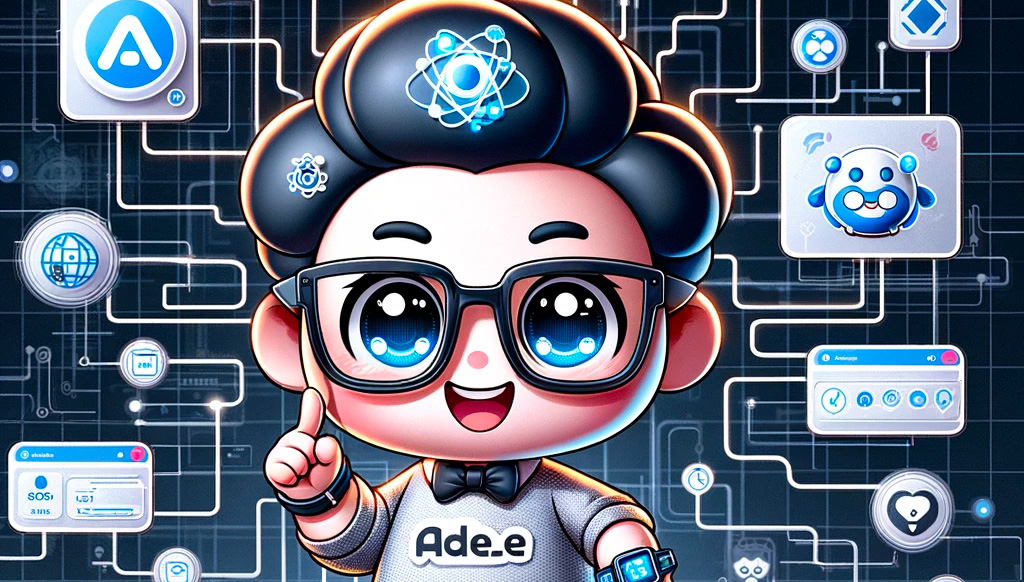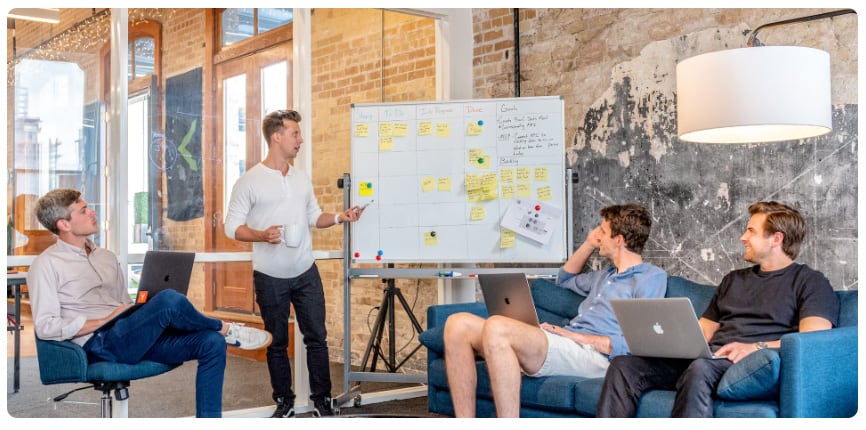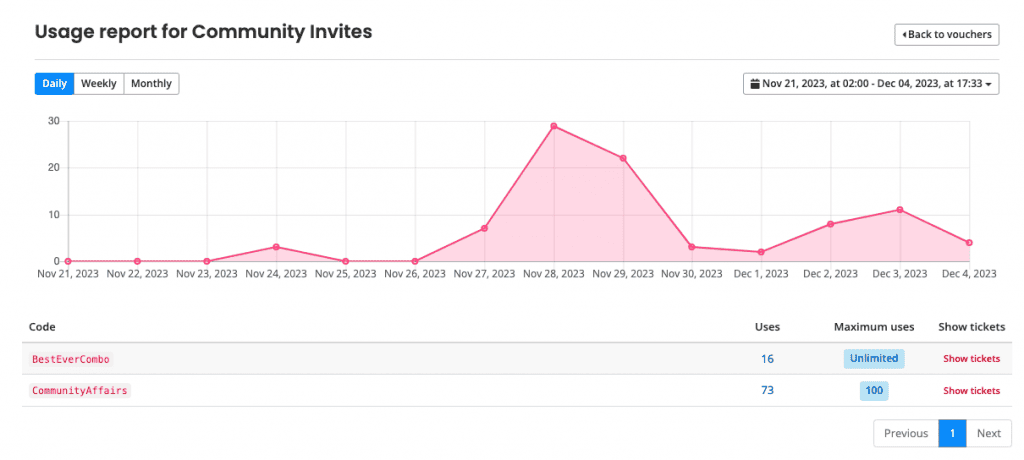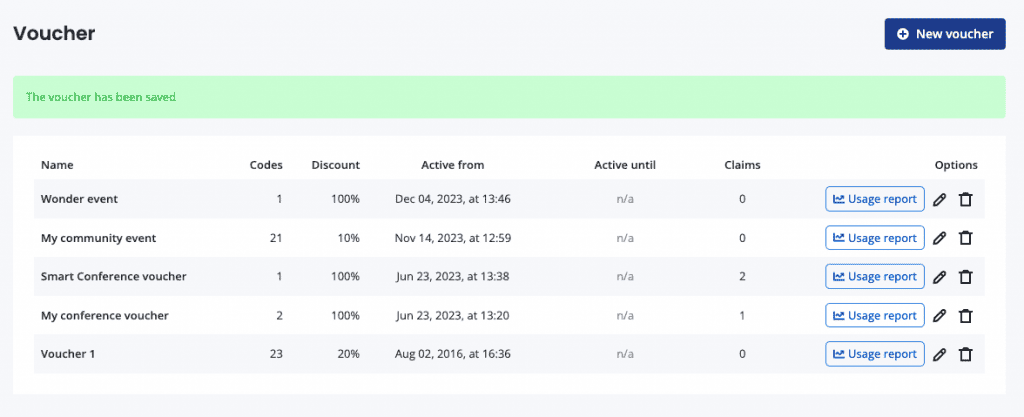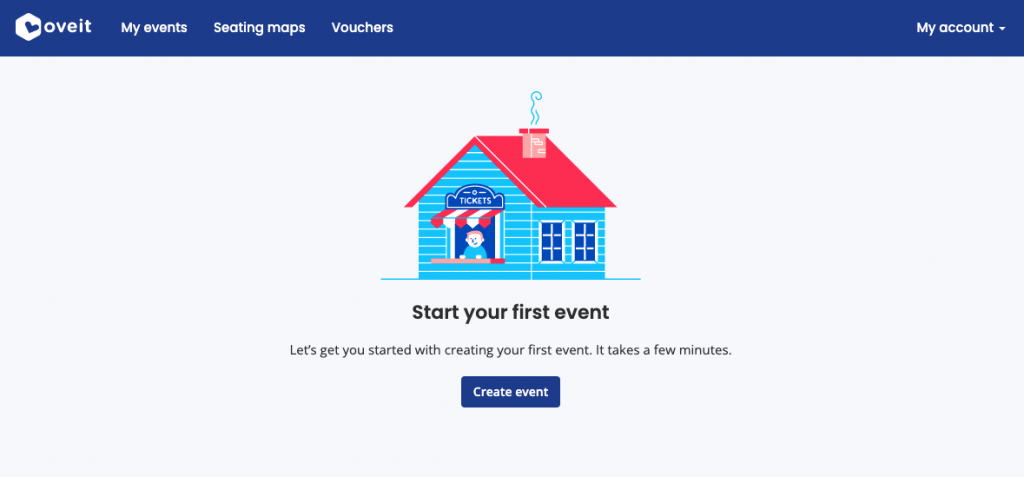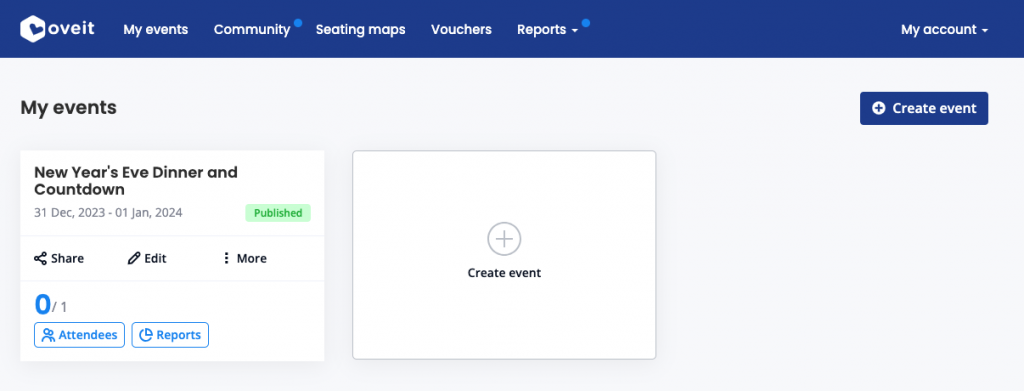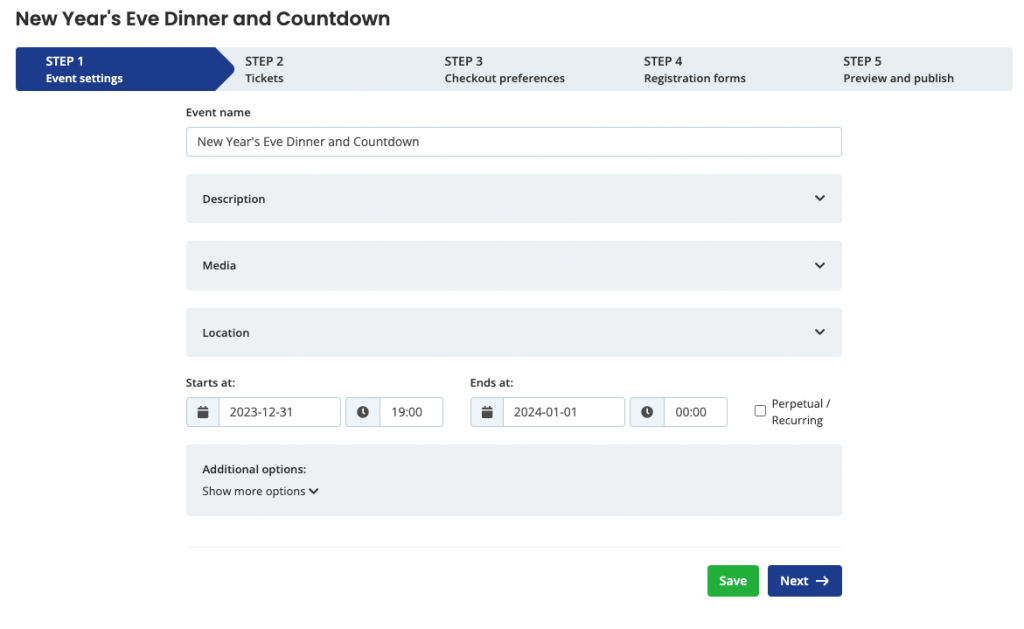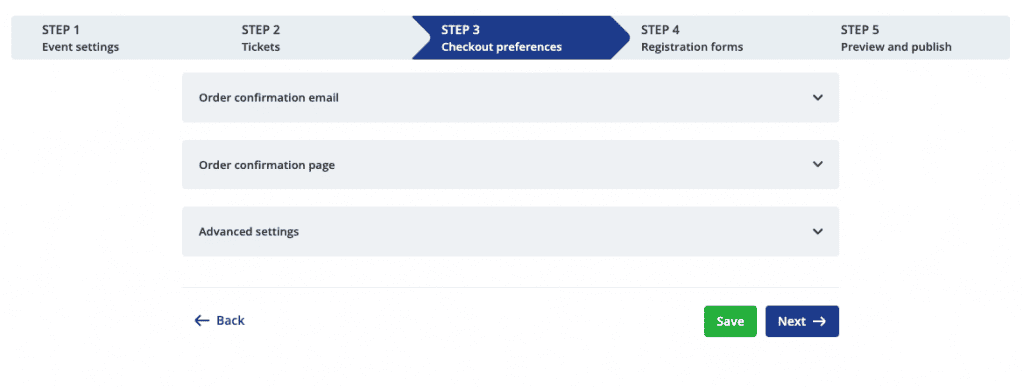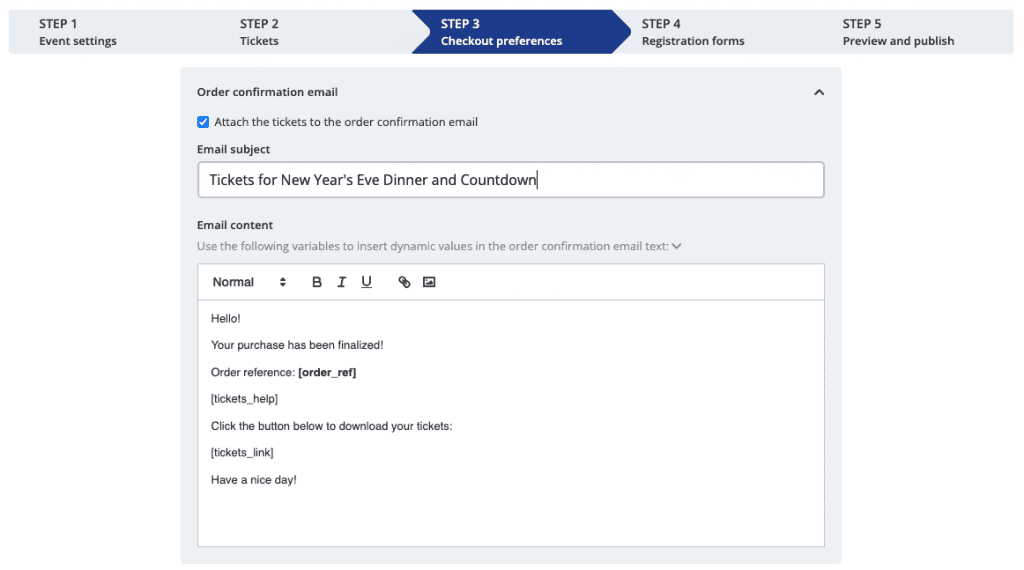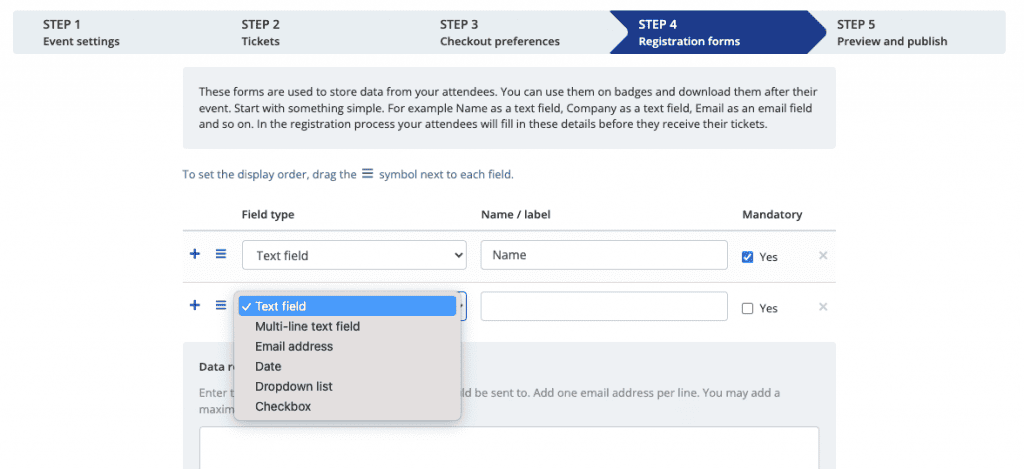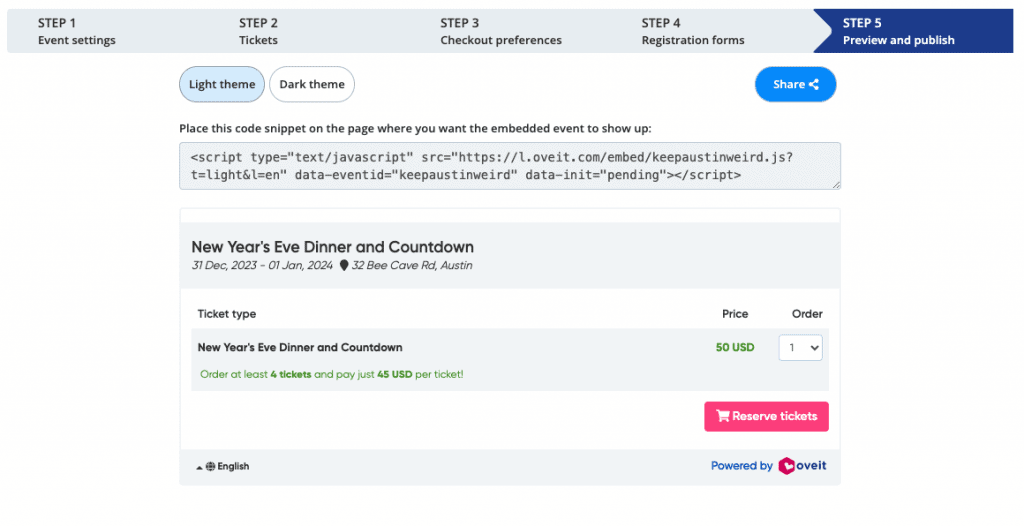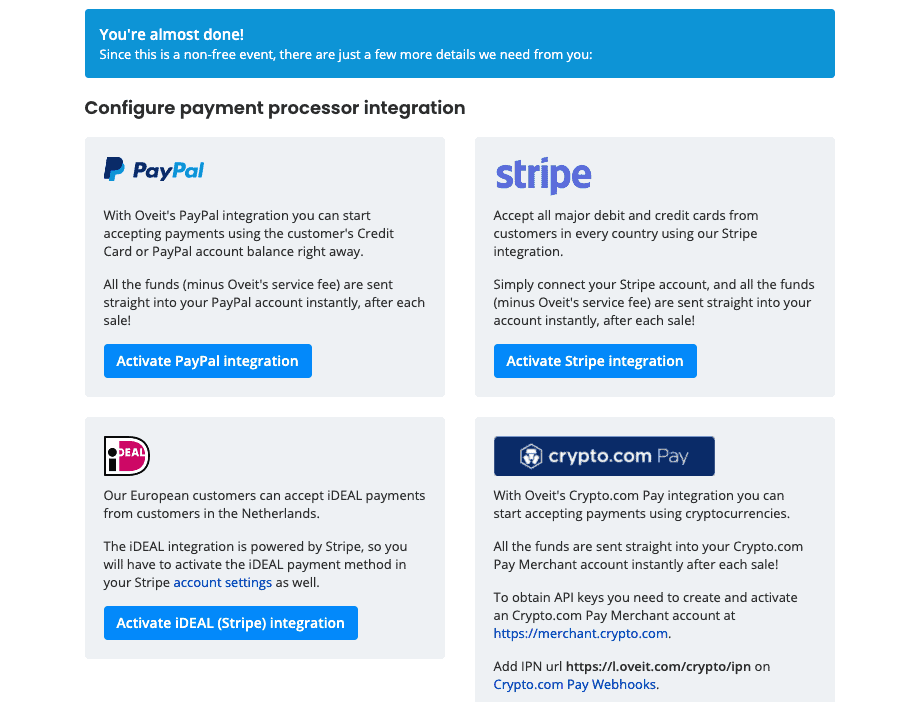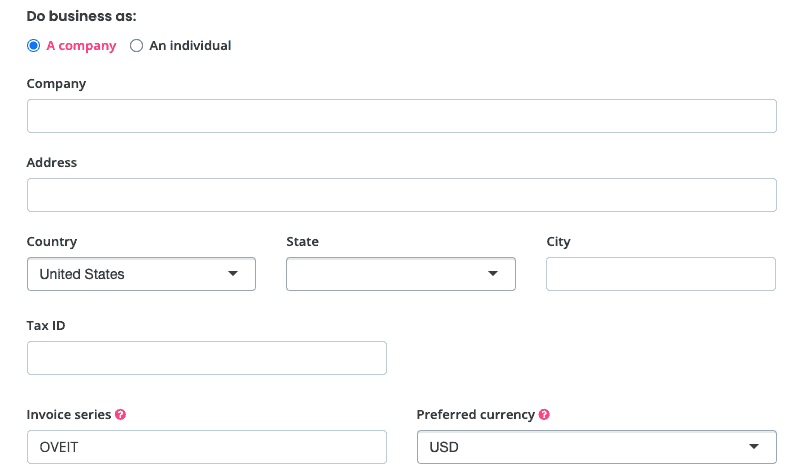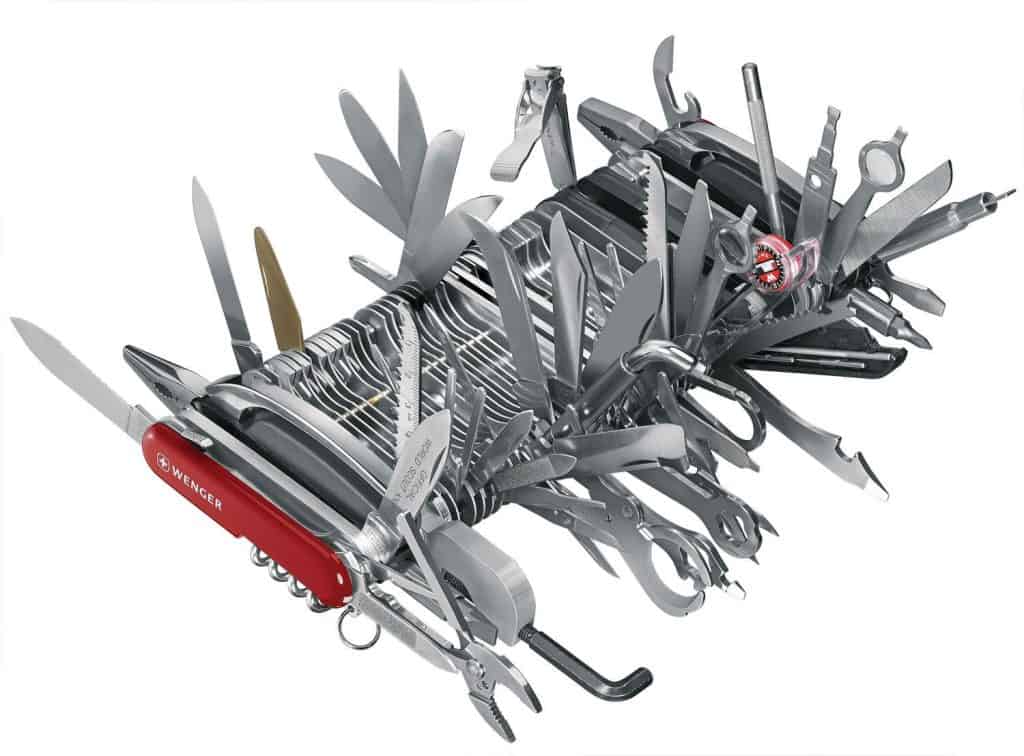We’ve been chatting with a lot of event organizers and we discovered you need more control over your event registration data. Also – smoother connections with other systems. Guess what? We’re super excited to bring you the good news today! Oveit is leaping ahead with our newest innovation: the Advanced Data Export Engine for Events, a real game-changer for your events. It’s a bit of a tongue-twister, so let’s call it Adee for short. Like a friend, because it’s friendly and here to help.
I can’t wait to dive into why this is going to change event management for you.
At Oveit we’re passionate about making event registrations super-easy, payments smooth, and access control for your events a breeze. We believe in doing fewer things, but doing them as good as we can. And then doing them again to make them better. That’s why we prefer great connections with other tools over all-in-one rigid solutions.
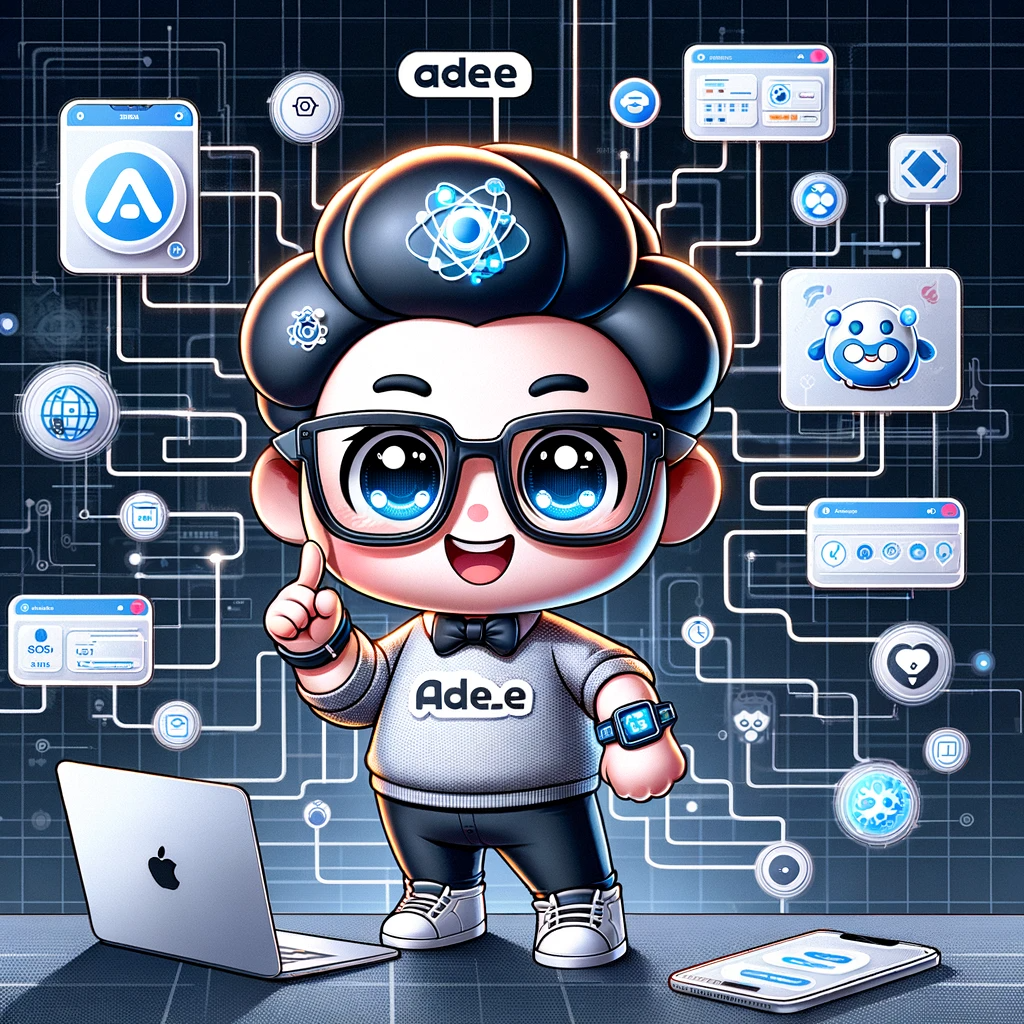
To make this happen we have rewriten our infrastructure to provide a rock-solid API, the backbone of Adee. Think of Oveit as your personal data copilot, helping you bridge event data across various platforms.
What’s the data I can work with and How does it work?
Let’s see what data you can tap into.
Customer Form
The Customer Form is where the magic starts. It’s a custom data form that your buyers fill in. It can capture anything from food preferences to T-shirt sizes or even complex data like workshop choices. Why is this important? Well, when you export this data to your CRM or marketing tools, you can personalize your attendees’ experiences and communicate with them more effectively.
Registration Form
The Registration Form data comes from your actual event-goers. This is like the Customer Form but for those who show up on the day. It’s the key to understanding who your attendees are and what they like. With this, you can tailor the event in real-time, making on-the-spot decisions to enhance the visitor experience. Or use the data later to communicate with them post event and make the next event even better.

Addons
Think of Addons as the special layers to your event burger. These are the extra benefits that come with a ticket – like merch, VIP seating, or backstage passes. By exporting this data, you can coordinate with vendors, manage inventory, and ensure exclusive perks are delivered without a hitch. Plus, you can use it to help marketing activations from your sponsors great.
Wallet Credit
The Wallet Credit is a digital balance that attendees can spend at your event. This is can help increase spending and local vendors activity. It can also work as a revenue source for you. The data here provides insights into spending habits of visitors and can work great with event wearables such as NFC wrisbtands.
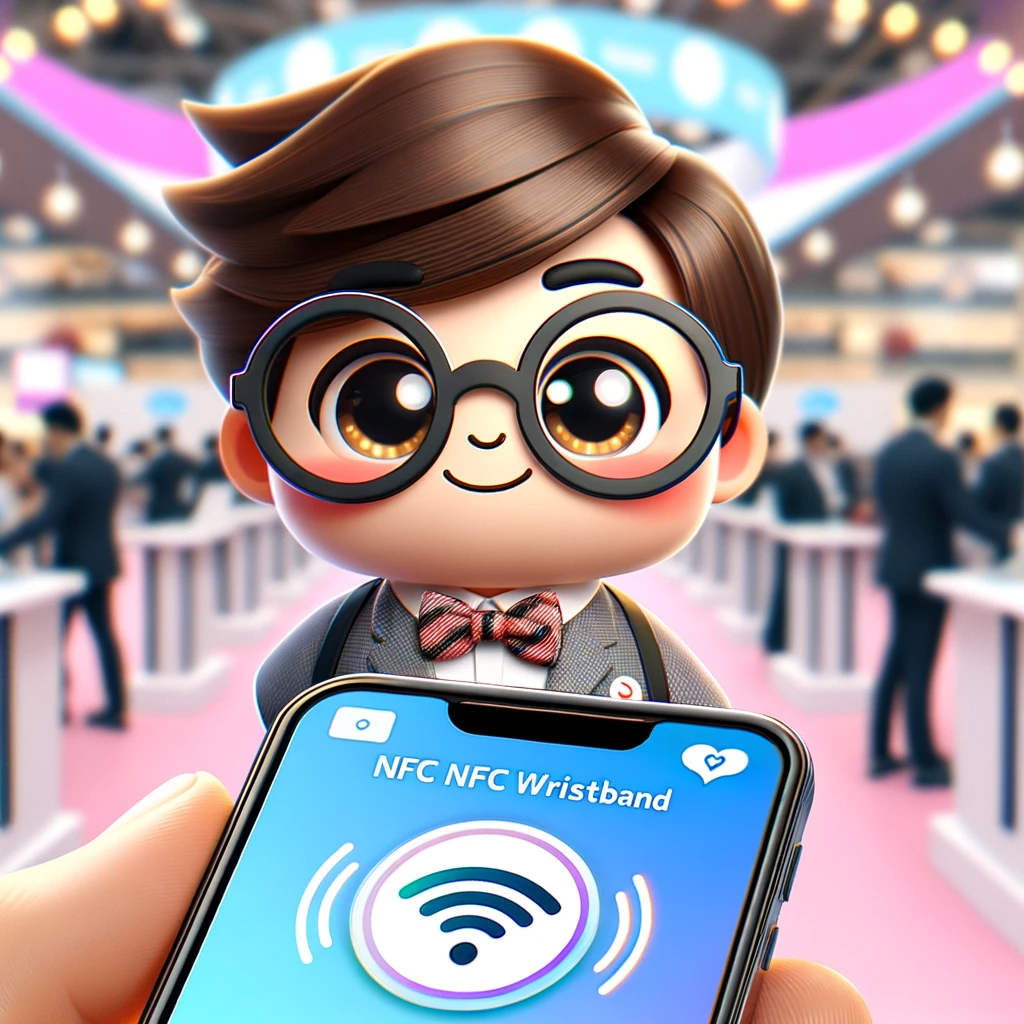
Customer
The Customer entity is all about the payments – billing information from buyers, whether they are individuals or a company. This intel is gold for your accounting team as well as your B2B sales team, helping to streamline invoices, and for your sales team, to identify VIP clients or companies for future events.
Voucher
Voucher data is all about the codes – vouchers, invites, referrals, affiliates, influencers. This data helps you track marketing&sales efforts and partnerships. Connect this with your marketing platforms, and you can see which channels are driving your sales.
Tickets & Badge Links
Finally, the Tickets & Badge Links help you use the tickets or personalized badges outside of Oveit. We send them their way but maybe you can use them somehow else. These links are where visitors grab their badges or tickets.
In summary, Oveit’s Advanced Data Export Engine, your friendly Adee, doesn’t just give you numbers; it offers insights into your attendees’ journey, from the moment they buy a ticket to the final goodbye. By integrating this data with other platforms, you create an ecosystem that’s in tune with your attendees’ needs, preferences, and behaviors, setting the stage for successful events that people talk about long after the lights go out.
